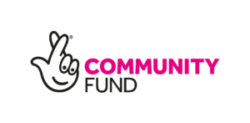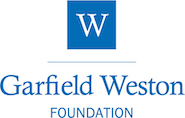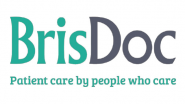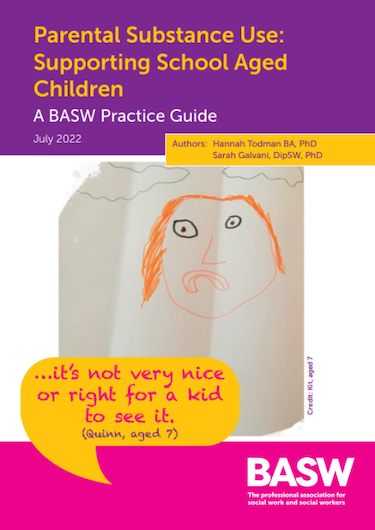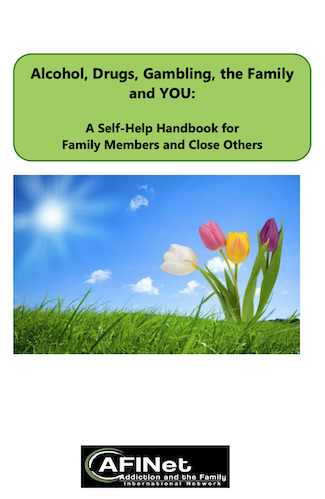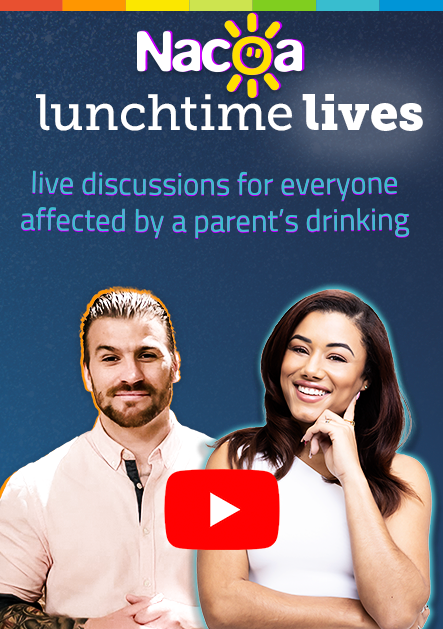Research
A research study with 4,000 respondents estimates there are 3 million children in the UK living with parental alcohol problems. They are:
- Six times as likely to witness domestic violence
- Five times as likely to develop an eating problem
- Three times as likely to consider suicide
- Twice as likely to experience difficulties at school
- Twice as likely to develop alcoholism or addiction
- Twice as likely to be in trouble with the police
Alcohol – what’s the problem?
Alcohol consumption is the greatest risk factor for disease and disability in middle-income countries and the third highest in the world (World Health Organisation, 2011). Alcohol-dependence is characterised by behavioural, cognitive and physiological symptoms including “a strong desire to take the drug [alcohol], difficulties in controlling its use, persisting in its use despite harmful consequences, a higher priority given to drug use than to other activities and obligations, increased tolerance, and sometimes a physical withdrawal state” (World Health Organization, 2007).
The effects of harmful drinking spread wider than the individual consuming the alcohol, often impacting friends, family and colleagues before any negative health consequences can be identified in the drinker. The effects can be as damaging to the family as to the person drinking, with children being the most affected (Klingemann & Gmel, 2001).
The most harmful drug
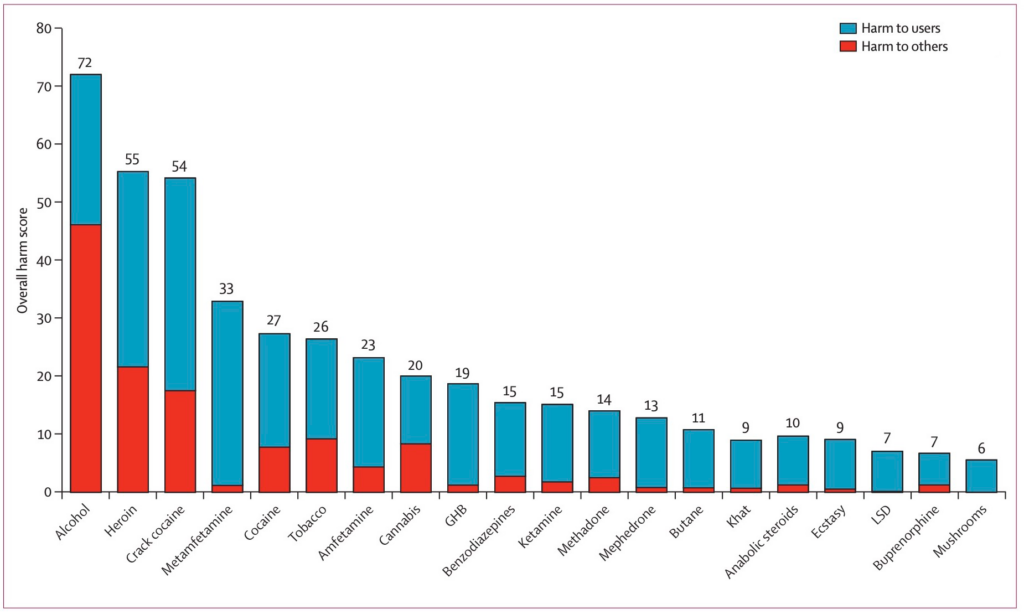
Alcohol was found to be the most harmful drug in a study that ranked 20 drugs according to the harm they cause to the user and to others. Alcohol was given an overall harm score of 72 out of 100, whilst heroin and crack cocaine were ranked second and third with scores of 55 and 54 respectively. This is because alcohol is consumed by a greater number of people and is not only harmful to the individual but also has significant effects on others, and society in general. Alcohol scored especially highly for the economic cost to the country, which included direct costs such as healthcare, police, social services etc., and indirect costs such as loss of productivity and absenteeism. Alcohol also caused a greater number of family adversities (e.g. family breakdown and child neglect), increased the chance of injuries to others (e.g. through violence and traffic accidents) and produced a greater decline in social cohesion and the reputation of the community (Nutt et al., 2010).
The effects of parental alcohol problems
When someone has a problem with alcohol, drinking becomes their priority, often to the detriment of parental responsibilities, as increasing amounts of time are spent drinking or recovering from drinking.
Parental alcohol problems are associated with negative outcomes in children, e.g. poorer physical and psychological health (and therefore higher hospital admission rates), poor educational achievement, eating disorders and addiction problems (West & Prinz, 1987; Girling et al., 2006), many of which persist into adulthood (Balsa et al., 2009).
Young COAs (children of alcoholics) (up to the age of 12) are more likely to nap more during the daytime, have diagnosable mental health disorders, show behavioural issues such as aggression and have poorer academic attainment and cognitive function (Conroy et al., 2015; Park & Schepp, 2015; Raman, Prasad and Appaya, 2010).
A Danish study involving a cohort of nearly 85,000 children, followed from age 13 to 27, looked at the long-term consequences of parental alcohol abuse, identified through alcohol abuse related hospital admissions (Christoffersen & Soothill, 2003). Parental alcohol abuse was found to be a risk factor for other disadvantages including premature death, suicide attempts, drug addiction, mental illness and teenage motherhood, and for certain life experiences including parental violence and family separation.
Children have also reported taking responsibility for their parent’s drinking, feeling sad and having tried to control the situation (Tinnfält et al., 2018). COAs have been found to experience more role reversal with their parents than non-COAs (Pasternak and Schier, 2012).
Adolescent COAs have reported attributing their poor academic achievement to their parent’s drinking (Njoroge and Mwenje, 2020). They are also more likely to engage in dating violence and lack behavioural inhibition (Livingstone et al., 2018; Park and Schepp, 2015).
ACOAs (Adult Children of Alcoholics) have been found to experience more anxiety about interpersonal relationships, relationship difficulties generally, shame, stigma, anxiety, depression, insomnia, low self-esteem, substance use issues and suicidality (Haverfield and Theiss, 2015; Jokinen et al., 2020; Kelley et al., 2010; Klostermann et al., 2011; Lekarski, 2010; Mansharami et al., 2018; Omkarappa, Bittenahalli and Sreevani, 2019; Park and Schepp, 2015; Serec, 2012; Suneel, Saleem and Mahmood, 2020; Velleman and Templeton, 2016).
They have also reported more experiences of early adversity and negative perceptions of family climate when compared to non-COAs (Cosci et al., 2020; Rounsaville et al., 2014; Timothy et al., 2019).
Much research has focused on the development of alcoholism in the children themselves, who are at a 2-10 fold increased risk compared to children who do not have a parent with an alcohol problem (Lieberman, 2000). For example, Thompson et al. (2008) found that in a survey of over 43,000 adults in the USA, those with parental history of alcohol problems were more likely to have experienced alcohol-dependence themselves than those who had no history of parental alcohol problems (23.1% compared to 9.6%). Similarly, in a recent cross-sectional study of over 3000 young adults in France, people with alcohol-dependent parents were almost twice as likely to be dependent on alcohol or cannabis themselves compared to people with no history of parental alcohol dependence (Melchior et al., 2011).
Other studies have focused on drinking during adolescence, when many of our health-related habits are formed; for example, Chalder et al. (2006) surveyed over 1700 adolescents aged 13-15 in Wales and found that children of parents with alcohol problems were more likely to report drinking two or more alcoholic drinks per week than children of parents without alcohol problems (22.8% compared to 16.5%), to have been drunk in the last 3 months (44.0% compared to 35.7%) and to expect to be drunk during the next 2 weeks (18.2% compared to 11.1%). These children also showed differences in their reported reasons for drinking, with more children of parents with alcohol problems reporting drinking ‘to forget their problems’ (15.8% compared to 6.4%) and ‘to get drunk’ (21.1% compared to 12.0%) and fewer reporting that they drank because they liked the taste of alcoholic drinks (32.0% compared to 47.9%). In a large, nationally representative study in the USA, young people aged 12-17 with an alcohol-dependent parent were more likely to have used alcohol, tobacco and marijuana in the past 12 months (Obot et al., 2001).
Fetal Alcohol Spectrum Disorder (FASD)
Alcohol consumption during pregnancy can lead to Fetal Alcohol Spectrum Disorder (FASD) which directly affects development before children are even born (Mukherjee et al., 2006). FASD is thought to be the leading cause of intellectual disability in the Western world (Abel & Sokol, 1987).
Epidemiological evidence in the UK is limited but a recent study in Greater Manchester suggested a prevalence of between 1.8% and 3.6% (McCarthy et al. 2021) and a global prevalence of around 1% (Lange et al., 2017).
Effects of FASD include attention problems, learning and memory deficits, and socioemotional problems (Jacobson & Jacobson, 2002).
Offspring of mothers who consumed three or more glasses of alcohol at any given occasion during pregnancy are at a further increased risk of alcohol problems themselves, even when maternal drinking during childhood is adjusted for (Alati et al., 2006).
It is recommended that if people are pregnant, or planning to become pregnant, they “should not drink alcohol” (NHS, 2023).
Co-occurring problems
Other problems co-occur with parental alcohol problems such as abuse, financial insecurity, parental mental health problems, divorce or death of a parent due to alcohol-related ill health, injury or suicide. Early life experiences such as neglect and bereavement can also affect brain development and lead to emotional, social and cognitive impairments (Dube et al., 2001).
Coping and resilience
The Stress-Strain-Coping-Support model has been proposed to help explain how family members are affected by another’s alcohol or other drug use (Orford et al., 2010). The model suggests that living with a parent with an alcohol (or drug) problem is stressful and so puts children at risk of physical and/or psychological health problems. The availability of coping mechanisms and social support affect the level of stress experienced.
Clearly, not all children of alcoholic parents develop problems, suggesting some are more resilient. Resilience in this context is defined as occurring when there are successful outcomes despite threatening circumstances (Masten et al., 1990).
Protective factors that contribute to resilience, allowing children of problem drinking parents to cope and become confident and caring adults, include the supportiveness of a non-alcoholic parent, higher parental education level and a larger number of sources of support such as other family, people in the community and teachers (Werner & Johnson, 2004).
COAs who are more resilient have been found to have higher self-acceptance and greater social support (Hebbani et al., 2020). ACOAs have also been found to better at detecting truths than non-COAs when shown videos of truthful and deceptive statements (Ulatowska, Nowatkiewicz and Rajdaszka, 2020).
Kroll (2004) reports that many children of substance-misusing parents would like to have someone they could talk to in confidence about the problems in their family and some would like the opportunity to meet others in similar situations, or have time away. The problems faced by these children and their needs are often hidden (Kearney et al., 2003), and so forms of support that do not require parental involvement are necessary.
Prevalence of children affected by parental alcohol problems
Despite the needs of children of substance misusing parents being mentioned in recent national policy (Velleman, 2010), the focus has been on parents who use illicit drugs, and there is little epidemiological evidence regarding the number of children affected by parental alcohol. National prevalence figures are key in providing adequate services. However identifying affected children is challenging because problem drinking often remains hidden within the family (Harwin et al., 2010). Parental alcohol use is likely to be under-reported in studies where alcohol consumption is self-reported, due to ‘social desirability bias’ (Maloney et al., 2010), and in studies using treatment centre figures, as many problem drinkers never come into contact with professionals.
The Alcohol Harm Reduction Strategy suggests there are 780,000 – 1.3 million children affected by parental alcohol problems in the UK (Prime Minister’s Strategy Unit, 2004). However, these estimates, originally reported in Eurocare and COFACE (1998), are out-dated and were calculated from studies in European countries with different alcohol consumption patterns. The lower estimate is based on adolescents in Denmark reporting a parent being hospitalised with an alcohol-related illness. Since many problem drinkers are never hospitalised, or their illness is not identified as associated with alcohol, this is likely to be an underestimate of the problem. The upper estimate is calculated using the number of children who experienced harm from parental alcohol use reported in the Finnish national alcohol policy.
A recent analysis of household survey data by Manning et al. (2009) suggests that the prevalence rate in the UK is much higher. From the 2004 Health Survey for England and the 2004 General Household Survey, it was calculated that 28-30% of children live with at least one binge drinking parent, equating to 3.3 to 3.5 million children. They also analysed the National Psychiatric Morbidity Survey, which suggested that 2.6 million children (1 in 5) lived with a hazardous drinker and 705,000 with a dependent drinker.
Find the References used above, here.
Nacoa commissioned research
Despite being carried out more than a decade ago, Nacoa’s research remains the largest UK survey to date.
In 1992, Nacoa commissioned Nielsen Consumer Research to conduct a survey through telephone interviews of a nationally representative sample of 1000 UK adults to measure the size and scale of alcohol problems in the UK and its effect on the family.
- 4.7% claimed they had been brought up in a family where one or both parents drank too much. This equated to 2.05 million adults in the UK.
- Of these, 62% (equating to 1.26 million people) said that this caused them problems during childhood.
- Over one-third of children who experience problems with alcohol dependent parents carry these problems into their adult life.
In 1998, face-to-face interviews were conducted with a nationally representative sample of 23,378 British adults. 6.2% of participants reported they had grown up in a home in which one or both of their parents drank too much, compared to 4.3% who grew up with a parent with mental health problems. 3.5% of participants experienced more than one of these problems.
Following the face to face interviews Nacoa commissioned a survey of 9,789 people prepared to complete questionnaires to investigate the extent and nature of the problem of adults who grew up in a home with alcoholic parents.
- Applying the same prevalence to the estimated population of under 18s at the time, it was calculated that 920,000 children and young people were living with parental alcoholism in the UK.
- 30% of participants said that this affected them ‘very badly’ during childhood.
- 71% said they needed someone to talk to, who understood the problem of alcoholism when they were children.
Comment on Nacoa Quantification Study ‘Is There Really a Problem?’ by C. Gilvarry (2005).
Nacoa helpline evaluations
Review of the Nacoa helpline 2010-2020
Other research relevant to children affected by their parent’s drinking
Attentional Bias for Alcohol-Related Information by J. Zetteler (2002).





